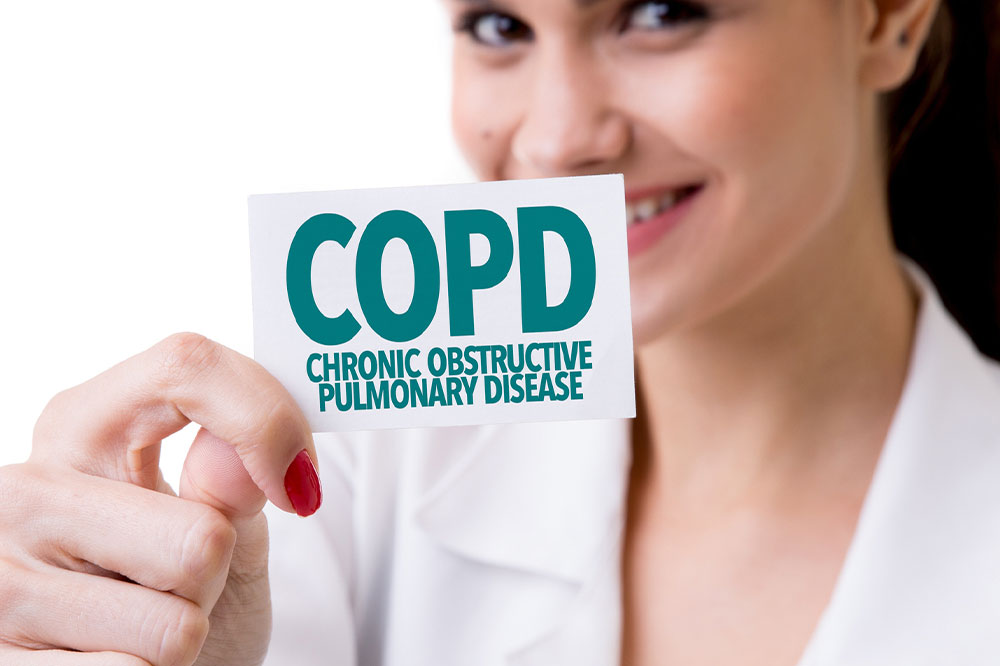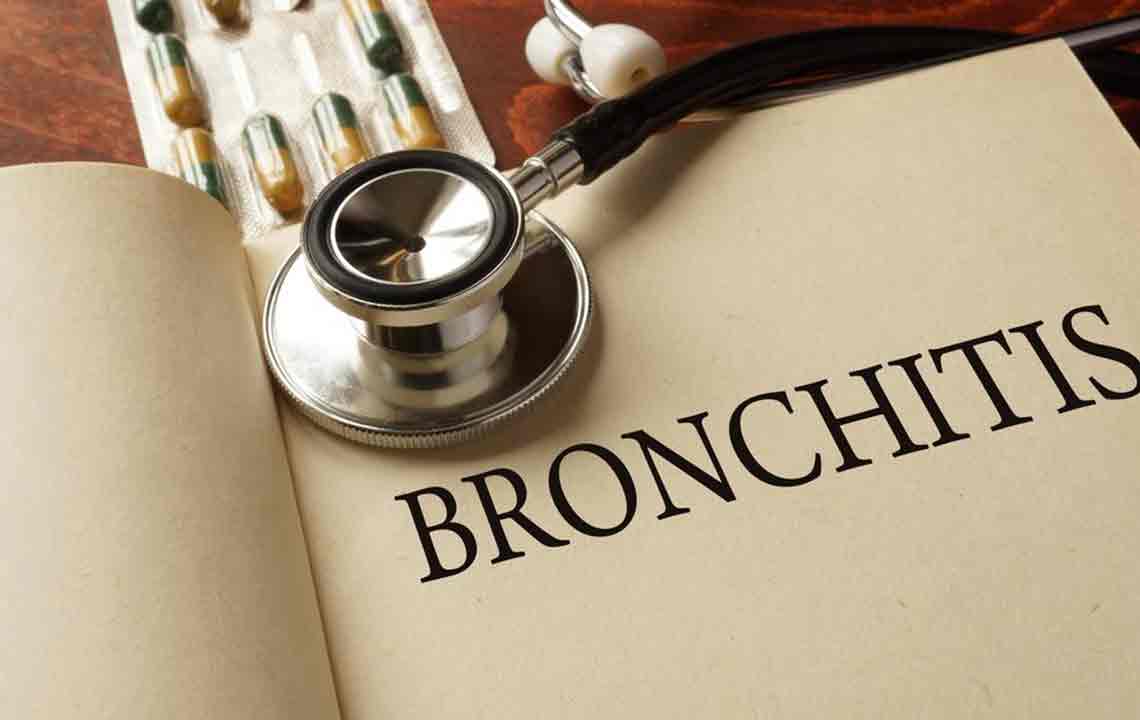Comprehensive Guide to Effectively Managing and Treating Chronic Obstructive Pulmonary Disease (COPD)
This comprehensive guide offers effective strategies for managing and treating COPD, focusing on early diagnosis, medication, lifestyle changes, and natural remedies. The article emphasizes personalized care to improve quality of life and slow disease progression, covering symptoms, causes, risk factors, and innovative treatment options tailored to different stages. Readers will learn about cutting-edge therapies, lifestyle modifications, diet tips, and surgical options, providing a thorough resource for COPD management and prevention.

Comprehensive Strategies for Managing and Treating Chronic Obstructive Pulmonary Disease (COPD)
Chronic Obstructive Pulmonary Disease (COPD) is a complex and progressive lung disorder characterized by persistent airflow limitation, making it difficult for sufferers to breathe freely. This chronic condition encompasses diseases such as chronic bronchitis and emphysema, which often coexist and significantly impair respiratory function. COPD remains a leading cause of morbidity and mortality worldwide, impacting millions of individuals and posing substantial challenges for healthcare systems. Understanding the disease's underlying causes, early warning signs, risk factors, and available treatment options is crucial for improving patient outcomes and quality of life.
In this detailed guide, we will explore effective management techniques, treatment methods, lifestyle adaptations, and natural remedies aimed at alleviating symptoms, preventing disease progression, and enhancing overall well-being in COPD patients. With advances in medical understanding and technology, personalized treatment plans are now more effective than ever, emphasizing the importance of early diagnosis and proactive care.
Recognizing the Signs and Symptoms of COPD
Many individuals are unaware of their condition until significant lung damage has occurred since early symptoms can be subtle or mistaken for other illnesses. Recognizing these signs promptly allows for earlier intervention, which can substantially influence disease trajectory. Common symptoms include:
Persistent cough often producing sputum that may change in color or consistency
Wheezing or noisy breathing during exhalation
Breathlessness, especially during physical activity or exertion
Chest tightness or discomfort
Frequent respiratory infections like colds or bronchitis that worsen symptoms
Chronic fatigue or general lethargy throughout the day
Unintentional weight loss in advanced stages
Changes in sputum coloration, indicating possible infection or exacerbation
Swelling in limbs, ankles, or feet due to fluid retention
Anxiety or feelings of panic related to breathing difficulties
Sleep disturbances, including insomnia or disrupted breathing during rest
Feeling unusually cold or sensitivity to temperature variations
Understanding Causes and Recognizing Risk Factors
Identifying the root causes of COPD is essential for targeted prevention strategies and effective treatment plans. While some factors are within personal control, others are environmental or genetic. The primary causes and risk factors include:
Tobacco Smoking: The most significant risk factor is tobacco use. Both active smokers and individuals exposed to secondhand smoke are at high risk. The inhalation of toxic fumes from cigars, pipes, or electronic cigarettes further compounds this risk. Long-term exposure to cigarette smoke causes airway inflammation and destruction of lung tissue.
Poorly Managed Asthma: Chronic asthma that is not adequately controlled can cause permanent lung damage over time, increasing the likelihood of developing COPD, especially when combined with smoking or environmental exposures.
Environmental and Occupational Exposures: Prolonged inhalation of harmful substances such as air pollution, industrial fumes, dust from construction sites, coal mining, or grains can cause chronic lung inflammation, leading to COPD. Exposure to vapors like fumes from welding, chemical solvents, or pesticides also contributes.
Genetic Predispositions: Certain genetic factors, like alpha-1 antitrypsin deficiency, impair the body’s ability to repair lung tissue efficiently, significantly raising the risk of developing COPD, especially if combined with other risk factors.
Modern Approaches to Management and Treatment of COPD
Managing COPD effectively requires a comprehensive approach tailored to each patient's stage and severity. The main goals are symptom relief, slowing disease progression, preventing exacerbations, and improving quality of life. Treatment strategies include pharmacological interventions, lifestyle modifications, natural remedies, and, in some cases, surgical procedures.
Pharmacological Treatments
Medications form the cornerstone of COPD management. They work primarily by alleviating symptoms, reducing inflammation, and preventing complications. Common classes include:
Bronchodilators: These medications relax airway muscles, easing airflow. Examples include Short-acting beta-agonists (e.g., Albuterol), Long-acting beta-agonists (Salmeterol, Formoterol), and anticholinergics (Ipratropium, Tiotropium).
Inhaled Corticosteroids: Reduce airway inflammation, often used in combination inhalers (e.g., Fluticasone/Salmeterol). They are particularly effective during exacerbations and in patients with frequent exacerbations.
Combination Inhalers: Combine bronchodilators and corticosteroids for synergistic effects, enhancing symptom control and reducing exacerbation frequency.
Oral and Intravenous Steroids: Used temporarily during severe flare-ups to quickly reduce inflammation.
Phosphodiesterase-4 Inhibitors: Such as Roflumilast, help reduce lung inflammation and decrease exacerbation risk in severe COPD.
Theophylline: An older, cost-effective oral bronchodilator useful for some patients.
Antibiotics: Prescribed during infections to prevent or treat pneumonia, which can worsen COPD symptoms.
Supplemental and Supportive Therapies
Beyond medications, several therapies can significantly enhance breathing capacity and overall health:
Oxygen Therapy: For patients with low blood oxygen levels, supplemental oxygen helps maintain adequate tissue oxygenation, improving survival rates and reducing complications.
Pulmonary Rehabilitation: An integrated program combining supervised exercise, nutritional counseling, education, and psychological support to enhance physical function and manage symptoms effectively.
Surgical Interventions
In advanced cases where medications and therapies are insufficient, surgical procedures may be considered:
Lung Volume Reduction Surgery: Removes diseased lung tissue to improve breathing efficiency.
Lung Transplantation: Suitable for patients with severe, end-stage COPD who meet specific criteria.
Bullectomy: Removal of large air pockets (bullae) that compromise lung function.
Adopting Lifestyle Changes and Natural Remedies
Complementary strategies play a vital role in COPD management, supporting lung health and enhancing overall quality of life. These include:
Enhancing indoor air quality by avoiding tobacco smoke, using air purifiers, and reducing dust or fumes.
Practicing breathing exercises such as pursed-lip and diaphragmatic breathing to improve lung capacity and reduce shortness of breath.
Managing stress through relaxation techniques, meditation, and engaging in enjoyable activities to lessen breathing-related anxiety.
Maintaining a healthy body weight through balanced nutrition and adequate hydration, reducing undue stress on the lungs.
Engaging in gentle physical activity like water exercises and gradual strength training under medical supervision to enhance endurance and muscle strength.
Considering dietary supplements like vitamin D, omega-3 fatty acids, and antioxidants after consulting healthcare professionals to bolster immunity and lung health.
Optimizing Diet and Nutrition for Lung Health
Proper nutrition supports immune function and sustains energy levels necessary for daily activities and recovery. Dietary recommendations include:
Consuming whole grains such as oats, quinoa, and brown rice for sustained energy release.
Incorporating low-fat dairy products to provide calcium and protein.
Opting for healthy fats from nuts, seeds, and olive oil to reduce inflammation.
Eating a colorful variety of fruits and vegetables rich in antioxidants, like citrus fruits, berries, spinach, and kale, to combat oxidative stress.
Including legumes such as beans and lentils for fiber and zinc, supporting immune health.
Choosing lean proteins like fish, chicken, eggs, and dairy to maintain muscle mass and overall strength.
In conclusion, managing COPD effectively requires a multi-faceted approach involving medication, lifestyle modifications, diet, and natural remedies. Early diagnosis combined with personalized treatment significantly improves patient quality of life, reduces exacerbations, and slows disease progression. Always seek advice from qualified healthcare providers to develop a comprehensive, individualized plan tailored to your specific condition and needs.





